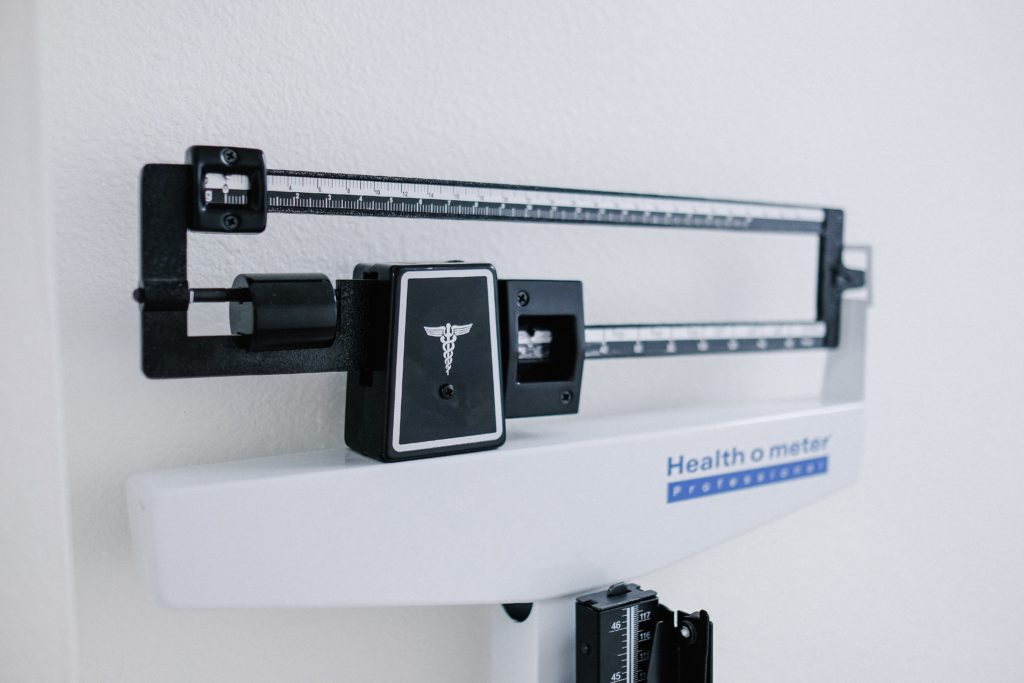I´ m on my way to work and I hear an ad for a soft drink on the radio; during my break I see that my favourite singer encourages me to try it on social netwroks, he tells me it´ s great!; in the afternoon I go to the supermarket and I find a promotion of that soft drink which I can try it for free and there is also a 3X2 promotion; at night I´ m watching a series with my family and I see how the main character drinks that same soft drink with the brand clearly visible and shows an incredible satisfaction after drinking it… where is the limit between advertising and influence?
I am an adult with critical sense who can make the decision to consume a product or not, but… what about a child? Can we consider that children are free to make healthy choices taking into account all the advertising environment that surrounds us?

In Spain, 40.6% of children between 6 and 9 years of age suffer from overweight and obesity1, alarming figures similar to those of other countries such as United States or Mexico. The prevalence of childhood obesity in Spain is among the highest in Europe according to the WHO.
Today´ s lifestyle has changed drastically in recent decades and is believed to be responsible for the increase in overweight and obesity in all age groups and especially in childhood: children now consume more fast food and sugary drinks, eat away from home more often and spend less time eating as a family than previous generations. In addition, processed foods are more accessible than ever and are available in larger portions. Moreover, television and Internet use have led to a more inactive and sedentary lifestyle, as well as greater exposure to the marketing of products high in fat, sugar and/or salt (known as HFSS).
It is clear that to reverse this high prevalence of overweight and obesity in children, there is no single solution but it must be a set of actions aimed at reducing sedentary lifestyles and increasing energy expenditure in addition to improving consumption decisions towards healthier products, but, I ask again the question from before, can we expect a child to make healthy consumption decisions when in their daily life they have so many impacts of unhealthy products specifically aimed at children? According to a study by the OCU (Consumers and Users Organization), nine out of ten food advertisements aimed at children are for products with an unhealthy nutritional profile2 : cookies, breakfast cereals, industrial pastries, chocolates, enregy drinks. And many of them are advertised by influential characters or cartoons, accompanied by promotional gifts or collectible stickers that encourage repeat purchases and capture the interest of children, or endorsed by certain health associations.
In terms of advertising, there is some consensus3 that until the age of five, children are incapable of perceiving the differences betweent programming and advertisements, or that they do not begin to identify a persuasive interest in advertising until they are about eight years old. Not even after the age of eight it is guaranteed that minors will be able to identify messages as biased, since, as adults know, they tend to emphasize the positive aspects and ignore the negative aspects of the product.

In Spain, the PAOS Code was signed in 2005 with the aim of establishing a set of rules to regulate advertising and promotional activities aimed at children and to guide companies to comply with it. However, reality shows that children continue to be the target of many unhealthy food advertising and the figures for overweight and obesity continue to be alarming.
For this reason, the Ministry of Consumer Affairs intends to approve a Royal Decree regulating the broadcasting of unhealthy food and beverage advertising when it is aimed at children and adolescents up to 16 years of age.
The regulation that will start to be applied in this 2022 year will affect five categories of products that will not be allowed to advertise to children under 16 regardless of the nutrient content: chocolate and sugar confectionery products, energy bars and sweet toppings and desserts; pastry and biscuit products; juices; energy drinks and ice creams. For the rest of the product categories, a limit of nutrient content per 100 grams is established. In this case, they may be advertised as long as total and saturated fats, total and added sugar and salt levels remain below the limits established for each product. These limits correspond to the nutritional profiles established by the World Health Organization.
Advertising on television, radio, cinema and internet, social networks, websites or mobile apps will be regulated and there will be limitations on advertising in print media. There will be reinforced protection schedules in generalist television channels set from Monday to Friday, between 08:00 and 09:00 in the morning and from 17:00 to 20:00 hours in the afternoon, and on Saturdays and Sundays, between 09:00 and 12:00 hours, while the prohibition in children´ s television channels will be permanent.

The intention of Royal Decree is in line with the recommendations of the European Commission in its Action Plan against Childhood Obesity and which is already applied in countries such as Norway, Portugal or the United Kingdom. In 2017, the European Commission published a report on the exposure of children to HFSS food advertising and marketing4. Some of the conclusions of this study were:
- 64% of food and beverage advertisements for children under 18 were for HFSS products.
- A child under the age of 12 may be exposed to a total of 732 HFSS ads in a month.
- 80% of online HFSS ads are advertised on YouTube and 20% on traditional web pages
- The most promoted category is sweet snacks.
- Children see approximately 10 times more HFSS ads than health food ads in Romania, 6 times more in Sweden and 3.5 times more in Lithuania and Italy.
At the food industry level, there are also initiatives to adapt and improve this situation. This is the case of the EU Pledge initiative that promotes among its members the commitment, by January 1, 2022, in relation to the restrictions on the marketing of HFSS products, either not to advertise any food and beverage products aimed at children under 13 years of age, or only to advertise products that meet the EU Pledge nutritional criteria. The EU Pledge is currently adhered to by 23 companies that account for 80% of advertising expenditure in the EU.
The need for a regulation that regulates the advertising and promotion of unhealthy foods through all media that reach the child population is a reality. It is not only a matter of placing limits on food choices that can lead to health damage, but also of limiting the influence, incitement or suggestion of products in an unfair way, hiding their harmful condition, especially when the consumer cannot reasonably identify it.
The food industry also has a fundamental role in this task, both at the level of advertising regulation, as well as in the reformulation of existing products and in the research of other healthy and attractive options for children. From CARTIF, we continuosly collaborate with the food industry for this purpose,as in the projects PROBIOMIC (Design of new cereal products with probiotics adapted to optimal child nutrition through omic technologies) or TOLERA (Development of more effective and safer ingredients and foods, aimed at people with food allergies and intolerances), among others.
1 Estudio ALADINO 2019: Estudio sobre Alimentación, Actividad Física, Desarrollo Infantil y Obesidad en España 2019. En Agencia Española de Seguridad Alimentaria y Nutrición. Ministerio de Consumo [en línea] [consultado el 03/02/2020] Disponible en: https://www.aesan.gob.es/AECOSAN/docs/documentos/nutricion/observatorio/Informe_Aladino_2019.pdf
2 https://www.ocu.org/alimentacion/comer-bien/noticias/no-publicidad-alimentos-menores
3Dictamen del Comité Económico y Social Europeo sobre el tema “Un marco para la publicidad dirigida a los niños y jóvenes” (2012/c 351/02). En Diario Oficial de la Unión Europea [en línea] [consultado el 01/02/2022] Disponible en https://eur-lex.europa.eu/LexUriServ/LexUriServ.do?uri=OJ:C:2012:351:0006:0011:ES:PDF
4 Study on the exposure of children to linear, non-linear and online marketing of foods high in fat, salt or sugar. SANTE/2017/C4/040. En Publications Office of the European Union [en línea] [consultado el 03/02/2020]. Disponible en: https://op.europa.eu/en/publication-detail/-/publication/653bfe47-e2c4-11eb-895a-01aa75ed71a1/language-en
- We´ve done it again: A new product on the market! - 31 January 2025
- You can also consume locally - 14 June 2024
- Skip ad… - 11 March 2022
